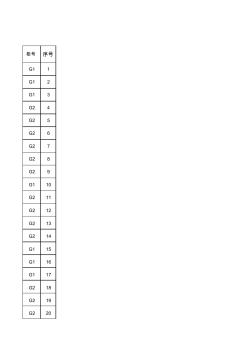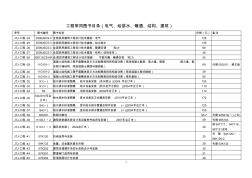Chapter 1 Introduction to Power Plant Chemistry
1.1 Introduction of Steam Chemistry Systems
1.2 Main Contents of Power Plant Chemistry -
1.3 Chemistry Requirement for Power Plant
1.4 Feedwater and Boiler Water Treatment
Chapter 2 High-Purity Makeup Water Treatment
2.1 Introduction
2.2 Pretreatment
2.3 High-Purity Makeup Treatment Methods
2.4 Regeneration and Co-current/countercurrent Systems
2.5 Demineralizer Performance Calculations
2.6 System Design Calculations
2.7 Mixed-bed Polishing
2.8 Demineralizer Component Fundamentals
2.9 Packed-bed Demineralizers
2.10 Reverse Osmosis
2.11 Electrodialysis and Electrodialysis Reversal
2.12 Electrodeionization
Chapter 3 Corrosion and Prevention of Metal Materials
3.1 Introduction
3.2 Oxygen Corrosion in Thermal Devices
3.3 Acidic Corrosion of Thermal Devices
3.4 Stress Corrosion of Thermal Devices
3.5 Corrosion by Enriched Medium in Boiler
3.6 Corrosion and Prevention of Copper Alloy
3.7 Chemical Cleaning
Chapter 4 Condensate Feedwater Chemistry
4.1 Introduction
4.2 Condensate/Feedwater System Construction Materials
4.3 Condensate Chemistry Dissolved Oxygen
4.4 Mechanical Removal of Dissolved Oxygen and Other Gases
4.5 Chemical Control of Dissolved Oxygen
4.6 Flow-accelerated Corrosion
4.7 Copper Alloy Corrosion and Preventive Measures
4.8 Additional Corrosion Control Requirements
4.9 Oxygenated Treatment
4.10 Feedwater Chemistry Guidelines
4.11 Chemical Feed Systems
4.12 Monitoring and Control of Condensate Contaminants
4.13 Condensate Polishing and Treatment of Condensate
Chapter 5 Boiler Water Chemistry
5.1 Introduction
5.2 Drum-type Boiler Design
5.3 Once-through Steam Generation
5.4 Boiler Water Contamination
5.5 Boiler Water Treatment Programs
5.6 Phosphate Hideout
5.7 Alternative Phosphate and Nonphosphate Programs
5.8 Heat Recovery Steam Generation
Chapter 6 Steam Chemistry
6.1 Introduction
6.2 Primary Carryover Products
6.3 Mechanical Carryover
6.4 Vaporous Carryover
6.5 Solids Introduction by Contaminated Attemperator Water."
6.6 Superheater Exfoliation
6.7 Water Chemistry Limits to Prevent Steam Contamination by Carryover.
6.8 Boiler Water Chemistry Guidelines for Control of Steam Chemistry
6.9 Steam Chemistry Monitoring
6.10 Steam Chemistry Issues at Industrial Plants without Turbine
Chapter 7 Chemistry Sampling
7.1 Introduction
7.2 The Need for Sampling
7.3 Sample Point Selection
7.4 Cogeneration/Combined Cycle/Industrial Plant Sampling
7.5 Techniques to Obtain Representative Samples
7.6 Data Acquisition
Appendix I Glossary of Chemistry in Fossil/Nuclear Power Plant
Appendix II Glossary of Materials in Power Plant
References

 电厂图书目录
电厂图书目录

 工程常用图书目录
工程常用图书目录